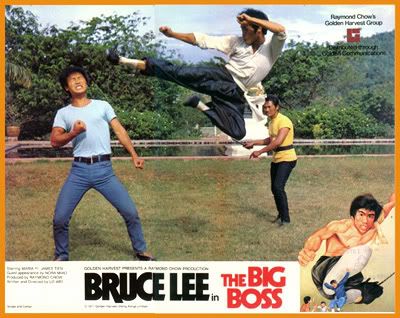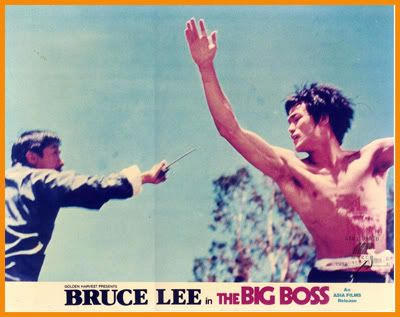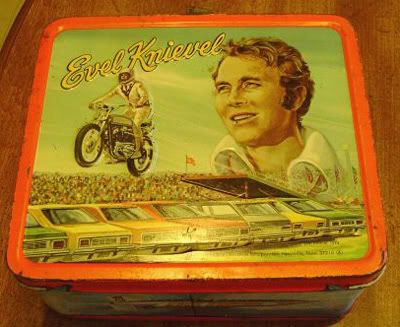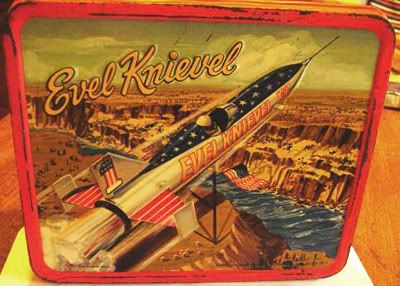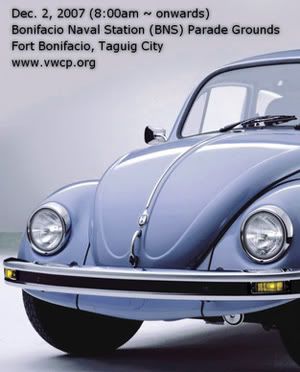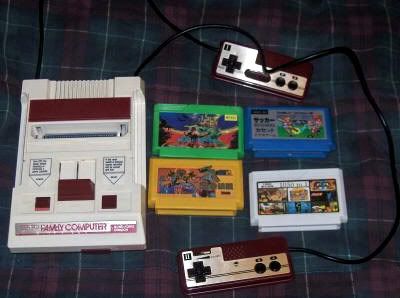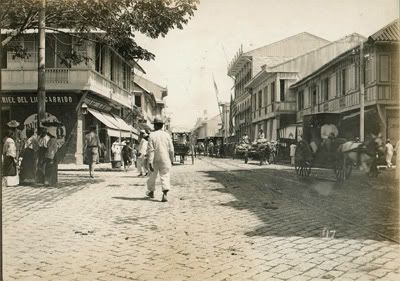By: Guillermo Ramos
In September 2006 while strolling the span of La Rambla in Barcelona's Gothic Quarter, my Partner and I chanced upon a handsome 19th century edifice that I knew to be the old headquarters of the Compañia Tabacalera de Filipinas. Upon entering it's narrow foyer with vaulted ceiling, I discovered that this 19th century symbol of tobacco monopoly in the Philippines had been transformed into an elegant 4 star hotel—the Hotel 1898.
On further, into the main vestibule, its walls decorated with wide cream and black stripes of raffia and large-scale photo-murals of Ilocano ancestral homes, Cagayan Valley tobacco plantations and Ifugao granary gods, I was delighted to see fine examples of unmistakably modern Philippine-made furniture in rattan, woven bamboo and Cordovan leather. Determined to find out more about this unique find, I struck up a friendship with the concierge, who, having discovered where I came from exclaimed, "Señor, this hotel is dedicated to you. In your country, the year 1898 is a big victory, but for us, it is a reminder of El Disastro, which the majority of Spanish people wish to forget."
Moving on to the bar, where we ordered Cervesa San Miguel. I suddenly felt an enormous sense of well-being. As a proud Indio, I began to think about Rizal and the Indios Bravos. The Filipino Diaspora it seemed had finally arrived into the 21st century, and of all places in Barcelona, where we are now celebrated and not condemned.
While sipping the cool San Miguel, I allowed my imagination to drift back to one of those mild Spanish winters in Barcelona, visualizing Rizal promenading the La Rambla, while perhaps carrying with him a book to remind him of home: that metrical romance with convoluted plots written in the sweetest Tagalog, Francisco Balagtas's Florante at Laura. Was it this book that helped him shape an opinion about the Filipino Diaspora while working as a correspondent for the La Solidaridad? Being known as a propaganda newspaper, it is credited by many as having created a nationalist consciousness that eventually helped spark the revolution.
During Rizal's time, the term Filipino was reserved for Spaniards living in the colony, whether they be creoles, insulares or peninsulares. The rest of the population was known as Indio, Mestizos (half Spanish-half Indio), Mestizo Chino (half Spanish, half Chinese) and Quadrecillos (a quarter of everything). So one is left to wonder what passport our national hero carried during his world travels. Indio perhaps?
Rizal was clearly burgis, not in the strict French bourgeois sense, but class and class struggle was something he always understood. Being artistic and at the same time logical and scientific, social traditions and new ways of thinking excited him. He was cosmopolitan, a man of the world, a seasoned traveler. He moved homes many times, but always wanted to belong—to an organization, a race, and to the global brotherhood of nations. When Rizal reached his teenage years, Calamba became too small a pond to sustain the intellectual stimulation that this big fish longed for, so his parents dispatched him, first to Manila and eventually to Europe to enable him to quench his thirst for the education and information he desired so much.
A century before Filipino overseas workers began peppering the European landscape, a band of "Filipino" students or illustrados had already demonstrated the first signs of collective activity, notably in Barcelona, Madrid and Paris. Their spirited youth, gaiety and pathos were reminiscent of Puccini's opera La Boheme—totally immersed in romance, artistic triumphs, and political intrigues, complete with a tragic ending. These men, who by living overseas imposed upon themselves a life of veritable self-exile, had strong convictions but were inevitably homesick, always anticipating letters from home. In letters he sent to his brother Paciano, Rizal was known for his constant pleading for his allowance, and in his pocket diary he kept detailed accounts of his expenses for food, lodging and items such ink, pens, paper, candles and books. They conquered their vulnerability and sadness by channeling their energies into nationalist sentiments and creative pursuits in order to further the propaganda movement for the reform of the Spanish colonial administration in the Philippines.
In spite of a longing for family, friends and food from home, the accoutrements that accessorized their existence abroad were fully Western. They certainly had style, and dressed in the finest suites, hats and walking sticks, Rizal and his friends were known as Dandies as they elegantly did their paseos, as proud as any of their European counterparts. In their lighter moments they donned classical Greco-Roman costumes for fancy dress parties, disguised as a sitting in the atelier of Juan Luna. To stimulate their young minds, they engaged in lively debates and participated in fencing; a graceful sport reserved for gentlemen wishing to show-off their tactical psyche and agile physique.
One summer evening in 1884, Rizal who at the time had just turned 23, delivered a toast at a banquet in the Restaurant Inglés in Madrid honoring Juan Luna for winning the gold medal for his painting El Expoliarium and Felix Resureccíon Hidalgo for his silver medal for his painting Virgenes Cristianas Expuestas al Populacho at the Exposition Nacional de Bellas Artes de Madrid. In his rhetorical and florid style, which was fashionable in those days, he conveyed in his propaganda, veiled as a toast, a glowing manifestation on "…how the illustrious deeds of her sons are no longer wasted away at home..." He then compared the two artists to: "…the oriental chrysalis is leaving the cocoon…" The anticipation of the time when Spain finally embraces the Diaspora: "…the dawn of a long day ahead is heralded in brilliant shades and rose-colored dawns…" And he lionizes them to heavens: "…to you are owed the beauty of the diamonds that the Philippines wears in her crown; she produced the precious stones, Europe polished them…" Rizal would have used "world-class", "our very own" and "yes, the Filipino Can!" if it were the mot du jour. Undoubtedly, Rizal in the beginning was a pacifist and all he wanted was Las Filipinas to undergo colonial reforms that would make it an Overseas Department or a Province. (The complete text of the toast in both English and Spanish can be found in 20 Speeches that Shaped the Nation. Selected and with introductions by Manolo Quezon.)
It was at the time of the Paris Exposition Universelle of 1889, held during the centennial anniversary of the French Revolution, that Rizal's patriotism reached another dimension. Clearly, Victor Hugo's Les Miserables and the dramatic storming of the Bastille left an indelible mark in Rizal’s mind and he was fortunate to be in Paris at the time to take part in the celebrations. The main feature of the Exposition was the Eiffel Tower, which served as the entrance arch. An engineering masterpiece by Gustav Eiffel, it marked the end of the Industrial Revolution. Parisians initially loathed the tower but ironically it was later to become the icon of modern France. Across the Seine, the village nègre or the "Negro Village" where about 400 indigenous people were displayed in the form of a human zoo, constituted the major attraction. During this time, Rizal has translated more than thirty pages of Blumentritt’s Memorias on the tribes of Mindanao. At the Exposition, the French composer Claude Debussy was in the audience when an ensemble from Java performed Javanese gamelan music and for sure Rizal heard it too. It probably helped him find the connection.
Upon arriving in Paris two months before the Exposition, Rizal immediately founded the Kidlat Club, the progenitor of the Indios Bravos. In a letter to Mariano Ponce, he proposed that Marcelo H. del Pilar, Graciano Lopez Jaena, Ferdinand Blumentritt, and Julio Llorente should all convene in Paris. It was exacerbated when Rizal learned from Trinidad H. Pardo de Tavera who had arrived weeks later from the Philippines, that life in the country was becoming impossible. Tavera predicted that unless conditions changed, a revolution would occur in the Philippines within ten years.
Paris was undoubtedly the center of the universe at that time. Think of Bas Lurhman's film Moulin Rouge. It's bright lights continuously shone and the grand party unyielding. It was teeming with people of all nationalities and races, and Rizal badly wanted to be a part of that global community. In his room at 45 Rue de Manbenge, with unrelenting inspired madness, he continued annotating Morga's Sucesos de las Islas Filipinas, which he painstakingly copied by hand from the British Library. When he sent his annotations to Dr. Blumentritt for printing in Germany, he requested that the publication of the book be kept secret so as to surprise his compatriots. Dr. Blumentritt lent the illustrados his distinguished scholarship in support of their noble efforts whose aspirations were in complete accord with his liberal spirit. In his dispatches to La Solidaridad, he was urging his compatriots to purchase and read books published about the Philippines and to learn European languages, so they could themselves decipher what Pigafetta and Morga among others had written about Las Islas Filipinas.
It always strikes me as somewhat delusionary (Lourd, is there such a word, from delude, transitive verb) for people to perceive our national heroes as perfect, idealized individuals. As historian Ambeth Ocampo has always espoused, they are not made entirely of stone and bronze. Our textbooks glorify our heroes by venerating them as golden calves, thereby confusing respect with idolatry. For sure their heroic efforts were truly remarkable, but we must never forget that they were human too. With compelling emotions they cried, laughed and loved. They were young, exuberant and passionate, and by embarking on something that was bigger than themselves they eventually succeeded in creating a lasting impression.
If Rizal were alive today, he would undoubtedly frequent the bar of Hotel 1898 and along with Pedro Paterno and Juan Luna would also order Tapas and Cervesa San Miguel. They would perhaps discuss a concept for new magazine, a painting, or a book to be written by Rizal, and designed by Luna, while Paterno would do the business plan. They might even prepare to participate in the Frankfurt Book Fair and who knows, Blumentritt might just show up and pick up the tab. As for the Indios Bravos, I long to gate crash their party at 45 Rue de Manbenge and party all night long.
Also read: The Jukebox Kings
Technorati Tags:history, nostalgia






